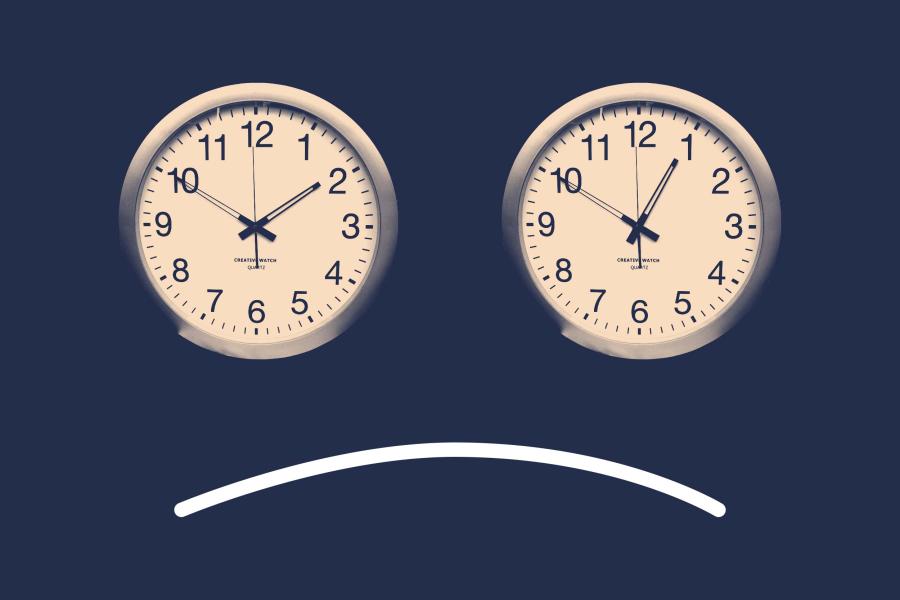Even though about half of the population will experience it at some point, what menopause entails and what treatments are available remain fuzzy.
It’s difficult to cut through the noise of changing medical advice and an influx of products and devices promising to relieve symptoms. University of Virginia assistant professor of nursing Emily Evans, an expert on women’s health, agreed to answer some of UVA Today’s questions.
Q. What are perimenopause and menopause?
A. Menopause is characterized by cessation of menses and is generally diagnosed retrospectively. So, if a woman has not had a period for 12 months, is otherwise healthy and is over 45, she has graduated to the menopausal phase of her life. It is a time of great freedom, productivity and refocus as they navigate their lives without estradiol (a form of estrogen) and progesterone, the two hormones that drive the menstrual cycle and have been a part of their lives since puberty.
Perimenopause is the time preceding menopause and is characterized by the body’s transition to life without estradiol and progesterone. As you can imagine, estradiol does not just cease being produced one day, but decreases over time, in fits and spurts, as ovarian function declines. This generally happens in a woman’s 40s, with the average duration of this stage being two to eight years.
Q. What are the symptoms of each?
A. Some of the symptoms during perimenopause are a direct result of the tissues of the reproductive system adapting to less estradiol and progesterone. The lining of the uterus is no longer stimulated in a predictable, regular pattern, so menstrual cycles vary in timing and length. The skin in the vulva and vagina adapts and feels relatively dry and fragile. There is less lubrication and moisture to support sexual activity and genitourinary health, so painful sex and change in urination are common issues women take proactive steps to deal with.
The most notorious of all physical changes are the vasomotor symptoms of perimenopause: hot flashes and night sweats, which as many as 75% of women experience. These may continue even after menopause for some women. The part of the brain that controls temperature regulation is also closely connected to the part of the brain that controls hormone production.











